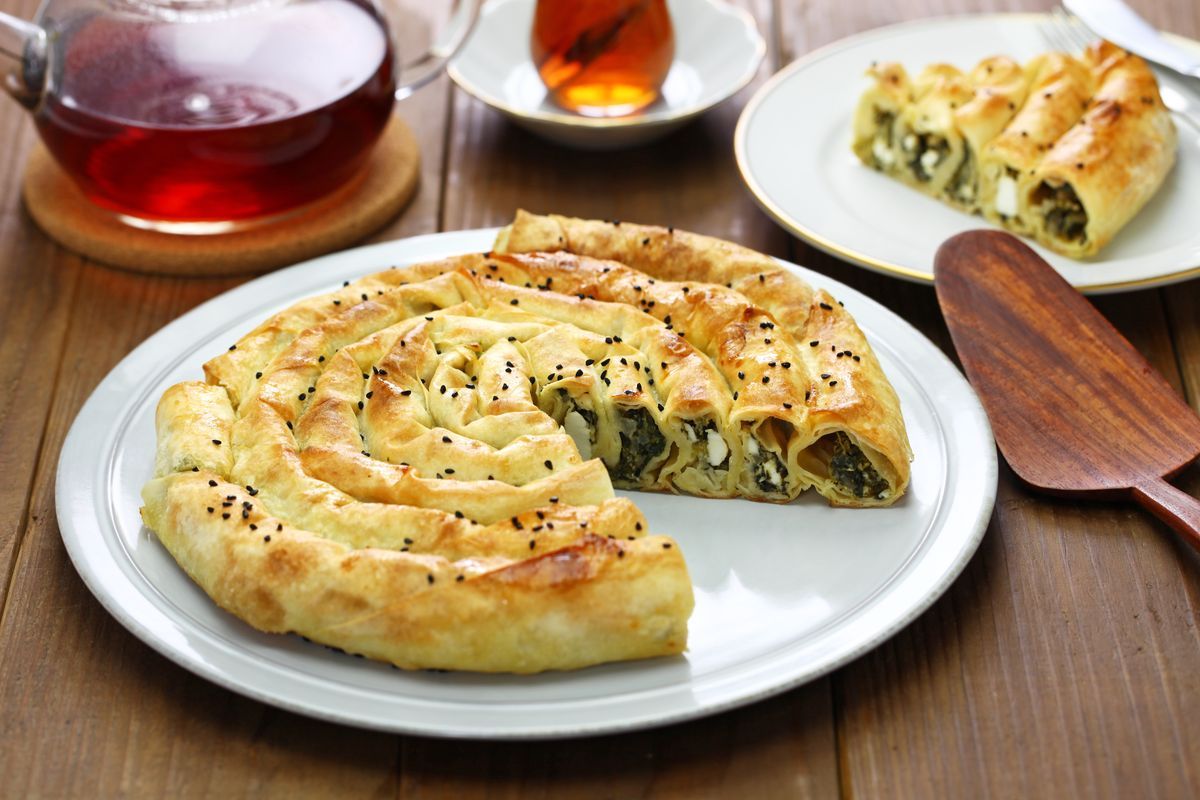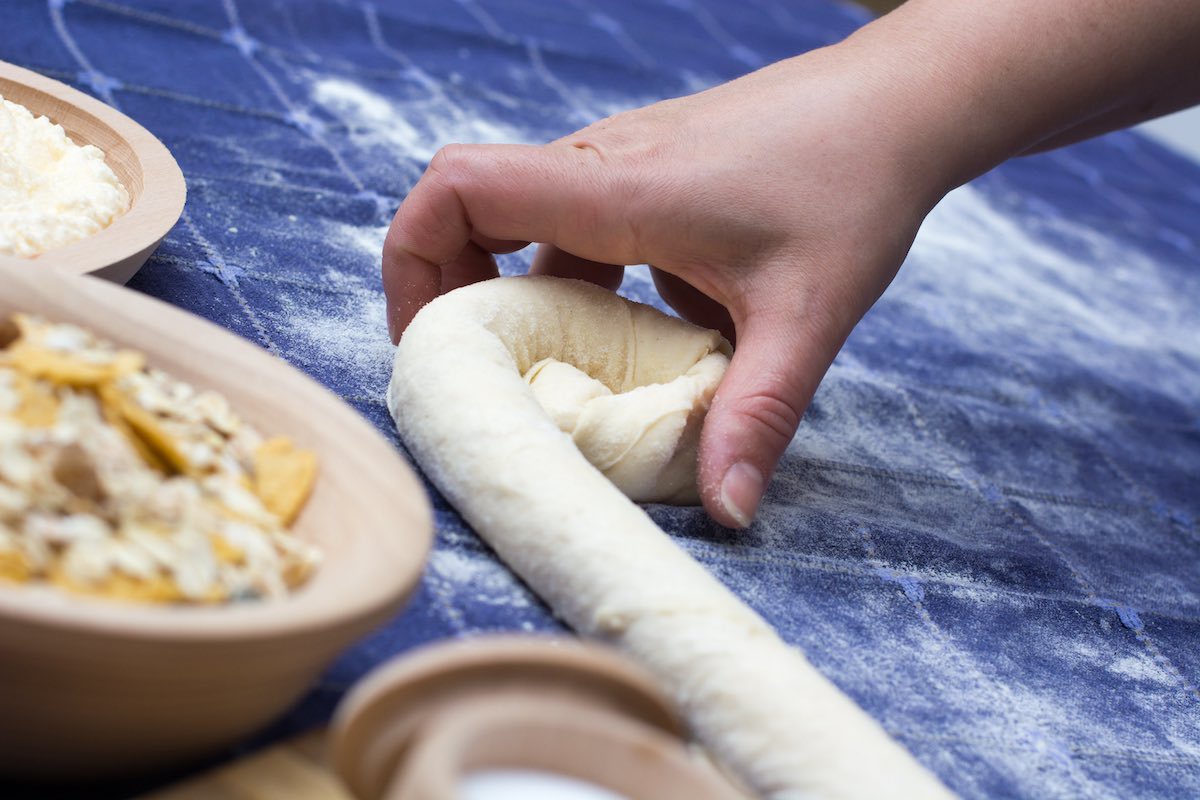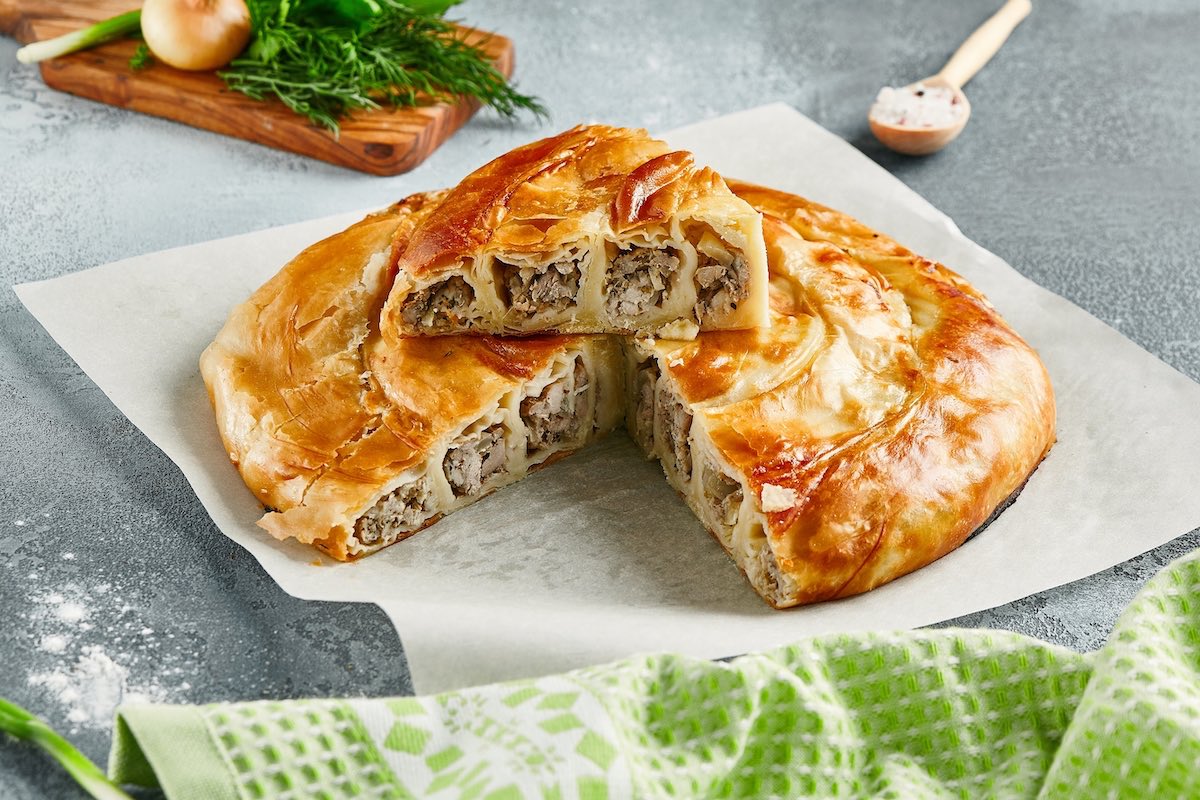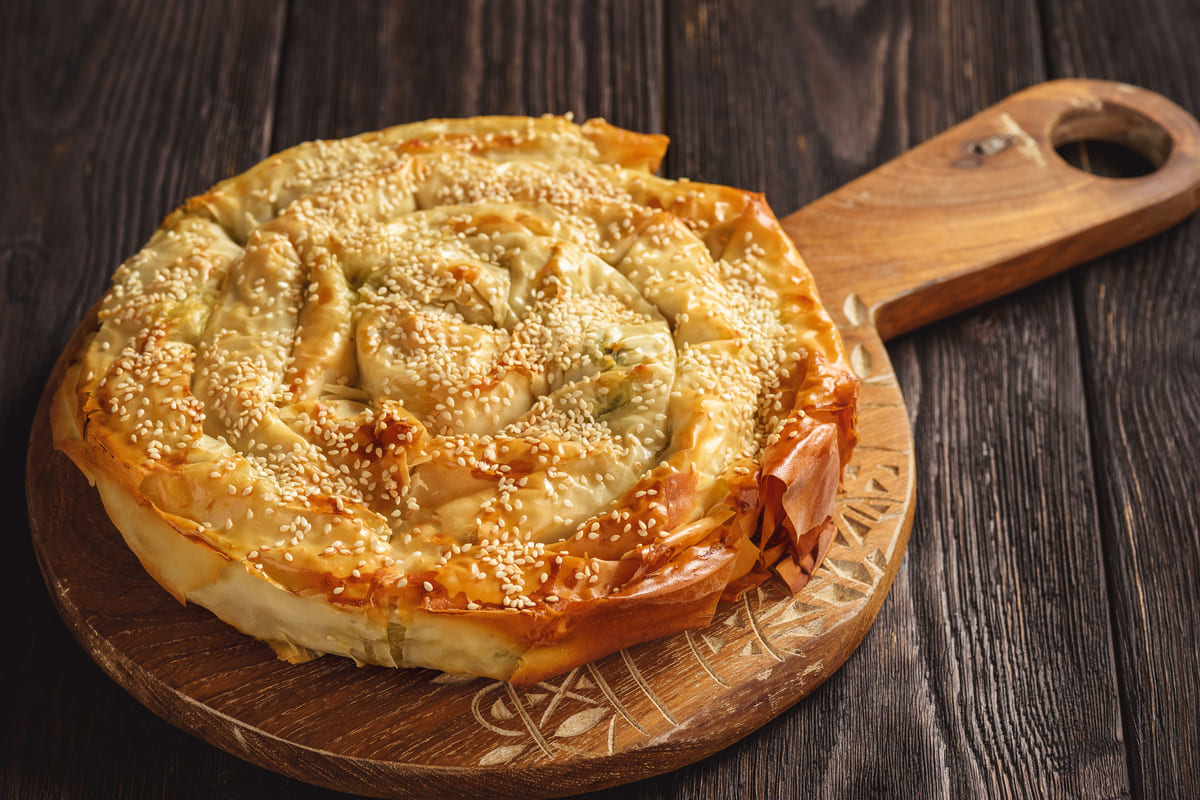Recipes
Spinach burek


Whether it is meat or spinach, burek remains one of the most popular dishes in Turkish cuisine. Here's how to prepare it with the original recipe.
Burek (or börek) is a dish of Turkish origin which has gradually spread to the rest of the world due to its simplicity of preparation and unique flavour. In reality, in its country of origin, the term indicates the rolled shape given to the pastry and is therefore followed by another word which also indicates the filling.
The most widespread type of borek is the one with a minced meat-based filling which, in predominantly Muslim countries, is never pork. Another variant instead requires it to be prepared with a filling made of feta and spinach . What remains unchanged is the basic dough, yufka , or phyllo dough.
Let's see together how to cook this delicious savory cake with oriental aromas!

How to prepare burek recipe
For this preparation you need sheets of phyllo pastry , which are increasingly easy to find at the supermarket in the ready-made puff pastry section or online. They are delicate and tend to dry out easily, so once you open the package we recommend using it immediately . If you can't find phyllo dough, you can make it at home with our recipe !
- Finely chop the onion and brown it in a pan with oil until it is tender and transparent.
- Then add the spinach , cover with the lid and leave to dry without adding water. When they are tender, uncover and allow excess liquids to evaporate – which could compromise the success of the dish.
- Let them cool, and add the ricotta , an egg and season with salt and pepper .
- Unroll the sheets of phyllo pastry, and overlap two of them, brushing the middle with melted butter . Place a little filling two cm from the long edge to form a strip, then roll up tightly .
- Place the cylinder thus obtained inside the cake tin, starting from the center and forming a sort of snail which you will complete by gradually preparing other rolls with the remaining ingredients.
- Brush with milk and bake at 200°C for 20 minutes . If you like, you can decorate the surface with sesame seeds.
In this video you can see all the steps to roll out the filling and then roll the dough. It's really very simple, more done than said.
To make the filling tastier you can also add 100 g of feta crumbled by hand. The result will be more similar to Greek spanakopita .

Burek: the meat variant
As mentioned, you can also prepare the burek with meat: we suggest you get around 800 g of minced meat (beef or mixed pork, you choose). In a pan, brown the chopped onion with oil, then add the meat, salt and pepper and cook for 10 minutes , breaking it up with a spatula.
Roll out two sheets of phyllo pastry on top of each other, brushing melted butter between them. As in the recipe seen before, form a cord of filling along one of the longer sides then roll up and transfer to a baking tray, giving it the characteristic snail shape. Brush with butter or milk and cook at 180°C for 40 minutes .
Keep in mind that the recipe may undergo slight changes depending on the area. For example, there are those who add spices and those who use raw meat , adding only the onion cooked in a pan. Whichever route you decide to take, you will still have excellent meat.
Conservation
This typical dish can also be kept for 2-3 days in the refrigerator, inside a special food container with an airtight lid. We do not recommend freezing in the freezer.
History and origins of the Turkish burek
The history of this dish is a bit particular: in fact it does not refer to a specific recipe but to dishes that are prepared with phyllo dough ( or yufka ). Furthermore, the term bur has the meaning of rolling, and this is precisely what happens with phyllo dough in these cases: stuffed with a vegetarian or meat-based filling, then rolled into a spiral shape.
Of uncertain origin, he appears to have been born in 300 in Anatolia , a region of present-day Turkey. It was the nomadic shepherds who created, with what they had at their disposal, a sort of bread that could be cooked on a griddle heated over a fire ( saj ). It then finds traces in a 14th century text by the writer Bushaq-i At'ima who paints it as a rival of rice pilaf, comparing the two dishes to two sovereigns fighting for supremacy.
There are many preparations that are described with this term, accompanied by a second adjective that better describes the dish and the definitive shape it is given:
- sigara böregi , shaped like a cigar,
- kol böregi in the shape of an arm because it is slightly bent in the center,
- talas böregi , cut into small pieces.
Depending on the area, the filling can also vary and not just the shape:
- In Turkey among the most famous with only Su Boregi with a filling based on cheese and parsley, cooked in water and then browned on round plates; the Sigara Boregi or Kalem Boregi of cylindrical shape with different fillings (potatoes and cheese, or meat or vegetables); Pacanga Boregi (typical of Istanbul filled with cheese and fried green peppers) and the list could go on and on with sweet versions such as Laz Boregi .
- In Albania the burek is called byrek or lakror and usually has a triangular shape. The filling can be meat-based but more often vegetables such as spinach, potatoes, pumpkin or peppers.
- In Bosnia, burek has been elected the national dish and is found in two versions: sirnica with spinach and cheese and zeljianica , filled with potatoes. There is also no shortage of meat-based versions.
- In Serbia, Macedonia and Montenegro the burek is layered and not rolled with fillings that can vary from meat to vegetables and cheeses.
Riproduzione riservata © - WT












